When Nature Strikes: Landslides
In this episode, you will learn about a common natural hazard - landslides, and how we technology can help us identify landslide prone areas. By collecting field data, and combing it with LIDAR and aerial photography, 3-D imagery is created to show areas that are more prone to landslides than others by revealing scars of past landslides. Precipitation data can also be combined with geologic data to help identify regions that may experience landslides after a heavy rainfall.
By carefully studying recent landslides and historic landslides we can better prepare those living in susceptible to this natural hazard. Click on the video to watch the NBC Learn video - When Nature Strikes: Landslide.
Scientists like David Montgomery are studying the mechanisms behind landslides to help warn against future catastrophes caused by landslides. "When Nature Strikes" is produced by NBC Learn in partnership with the National Science Foundation.
When Nature Strikes: Using Models to Investigate Landslide Triggers Classroom Activity
You might also be interested in:
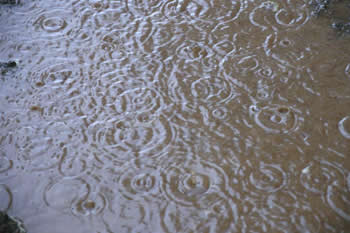
Rain is precipitation that falls to the Earth in drops of 5mm or greater in diameter according to the US National Weather Service. Virga is rain that evaporates before reaching the ground. Raindrops form
...more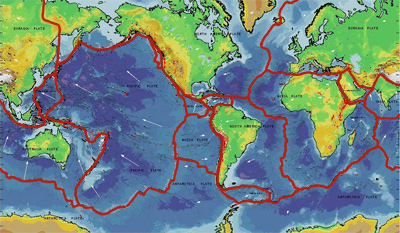
Many forces cause the surface of the Earth to change over time. However, the largest force that changes our planet's surface is the movement of Earth's outer layer through the process of plate tectonics.
...more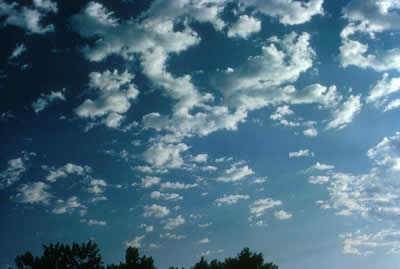
Altocumulus clouds (weather symbol - Ac), are made primarily of liquid water and have a thickness of 1 km. They are part of the Middle Cloud group (2000-7000m up). They are grayish-white with one part
...more
Altostratus clouds (weather symbol - As) consist of water and some ice crystals. They belong to the Middle Cloud group (2000-7000m up). An altostratus cloud usually covers the whole sky and has a gray
...more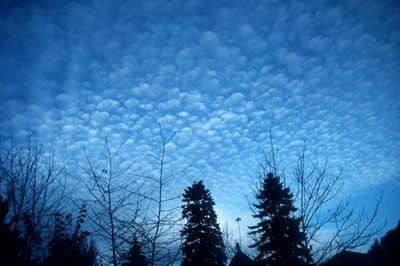
Cirrocumulus clouds (weather symbol - Cc) are composed primarily of ice crystals and belong to the High Cloud group (5000-13000m). They are small rounded puffs that usually appear in long rows. Cirrocumulus
...more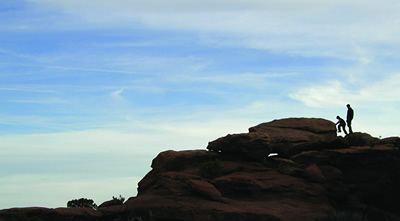
Cirrostratus (weather symbol - Cs) clouds consist almost entirely of ice crystals and belong to the High Cloud (5000-13000m) group. They are sheetlike thin clouds that usually cover the entire sky. The
...more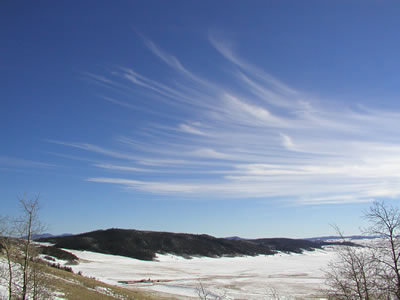
Cirrus (weather symbol - Ci) clouds are the most common of the High Cloud (5000-13000m) group. They are composed entirely of ice and consist of long, thin, wispy streamers. They are commonly known as
...more














